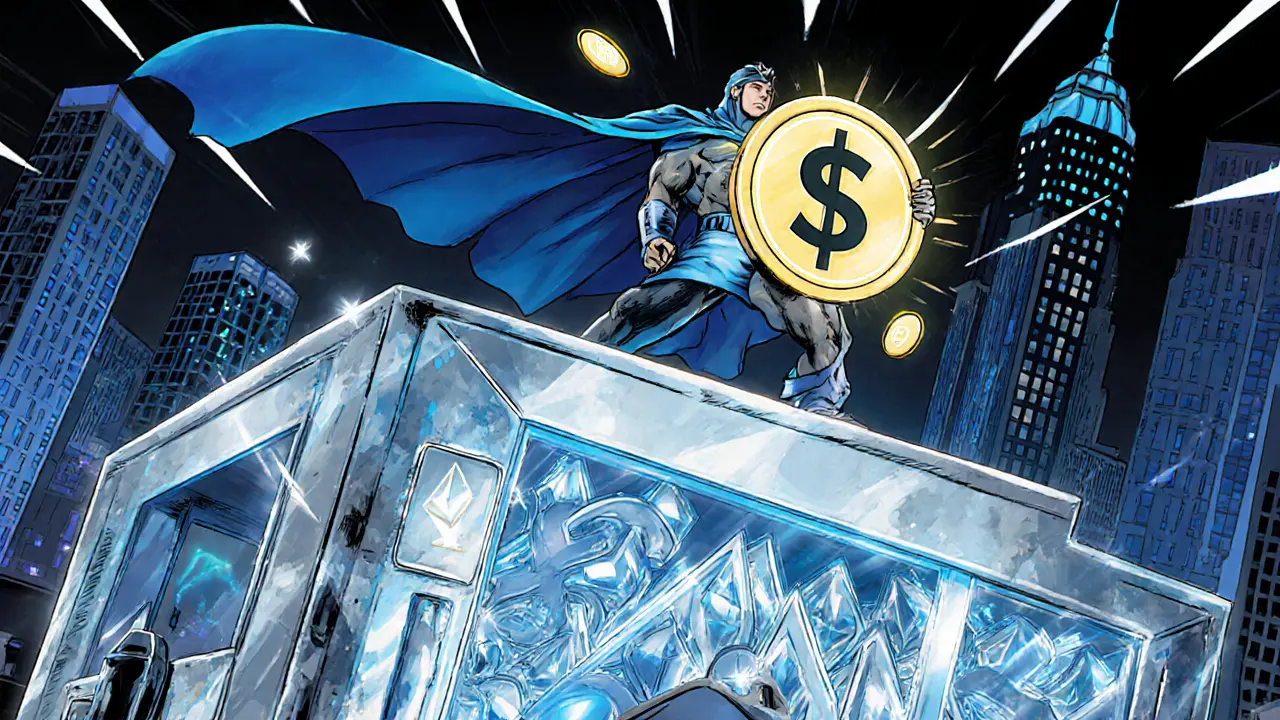Dinero: Your Guide to Money in the Crypto World
When talking about Dinero, the term that blends the Spanish word for money with modern crypto finance, we’re really looking at how digital cash moves, stores value, and powers transactions across blockchains. Also known as crypto money, Dinero isn’t just a buzzword; it’s the core utility that lets anyone swap, save, or stake value without needing a traditional bank. This simple definition sets the stage for everything else you’ll read on this page.
One of the biggest ways Dinero shows up in everyday crypto life is through a crypto exchange, platforms where users trade digital assets, deposit funds and withdraw fiat equivalents. Exchanges act like the storefronts where Dinero gets exchanged for tokens, and they also host airdrop, free distribution events that give users a slice of new tokens as a promotional incentive. In short, Dinero requires an exchange to move, and airdrops help spread Dinero to a broader audience. That relationship creates a feedback loop: more Dinero on an exchange fuels more airdrop participation, which in turn pulls even more Dinero into the ecosystem.
Why Tokenized Securities and Flash Loans Matter for Dinero
Beyond trading and freebies, Dinero is also the engine behind tokenized securities, digital representations of stocks, bonds or other traditional assets that run on blockchain smart contracts. By tokenizing these instruments, investors can use Dinero to settle trades instantly, cut down fees, and reach markets that were previously off‑limits. This expands Dinero’s role from a simple medium of exchange to a bridge between crypto and traditional finance. At the same time, advanced DeFi tools like flash loan, instant, collateral‑free borrowing that must be repaid within a single blockchain transaction rely on Dinero’s liquidity to execute arbitrage or refinance positions. In other words, Dinero powers both the stable side of finance through tokenized securities and the high‑speed side via flash loans.
Putting it all together, Dinero encompasses tokenized securities, requires crypto exchanges to function, and is amplified by airdrops and flash loans. Those connections aren’t just theoretical—they shape the daily decisions of traders, investors, and developers alike. If you’re wondering how to protect Dinero in a volatile market, the security practices of exchanges, the eligibility rules of airdrops, and the smart‑contract safeguards on flash loans become crucial considerations.
For anyone new to the space, start by picking a reputable crypto exchange, verify its security track record, and then explore any ongoing airdrop campaigns that match your interests. Once you’ve built a small Dinero reserve, you can dip into tokenized securities to diversify or experiment with flash loans if you’re comfortable with the associated risks. Each step builds on the previous one, creating a layered understanding of how Dinero moves through the ecosystem.
Below you’ll find a curated set of articles that dive deep into each of these areas—real‑world exchange reviews, step‑by‑step airdrop guides, tokenized bond breakdowns, and flash‑loan strategies. Whether you’re hunting for the next big airdrop, assessing exchange safety, or figuring out how to use Dinero for low‑cost bond investing, the collection gives you actionable insights you can act on right now.
Learn what Dinero (DINERO) really is: a stablecoin backed by ETH/pxETH and a separate mineable DIN token. Get definitions, tech, market data, and future outlook in one clear guide.

